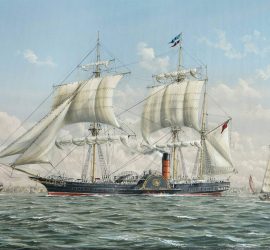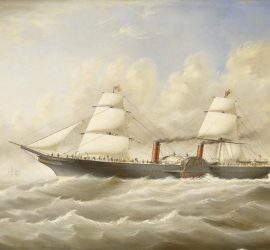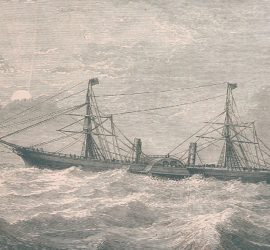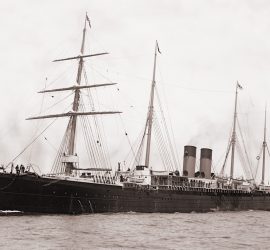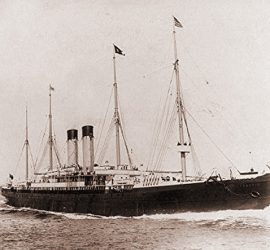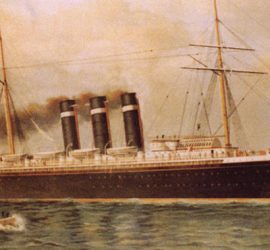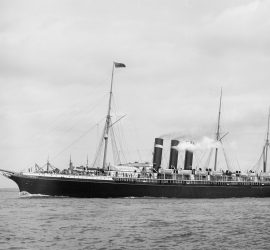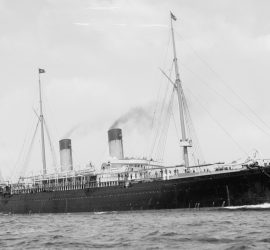1840 – 1880 / Samuel Cunard’s pioneering vessel, the Britannia was the very first ship of the Cunard Line.
blue riband
1850 – 1854 / A ship of the ill-fated Collins Line, the Arctic sank after a collision in foggy weather in 1854, with great loss of life.
1856 – 1872 / Although her career was not very dramatic, the Persia is noteworthy for being Cunard’s first iron-hulled ship.
1862 – 1904 / An unusually long-lived vessel, Cunard’s Scotia was a speed queen of her age and saw a second life as a cable-laying ship.
1872 – 1899 / An early vessel in the White Star fleet, the first Adriatic was also the company’s first winner of the Blue Riband.
1874 – 1903 / Another Blue Riband champion of the White Star Line, the first Britannic remained with the company for nearly 30 years before being sent to the scrappers.
1875 – 1950 / Also known as Ottawa, Gul Djemal and Gulcemal / A rare speed queen of the White Star Line, the Germanic had an unusually long career and survived two world wars.
1888 – 1923 / Also known as New York / A competitor for the Blue Riband, the City of New York and her sister ship meant a leap forward in ship design, improving on size, speed, and comfort.
1889 – 1923 / Also known as Paris and Philadelphia / The second of Inman Line’s swift duo, the City of Paris would hold the Blue Riband for both eastbound and westbound crossings of the North Atlantic.
1889 – 1921 / One of White Star Line’s last Blue Riband winners, the Teutonic was launched as one of the greatest ships of her time and is said to have inspired the Germans to start building larger and faster ships at the turn of the 20th century.

